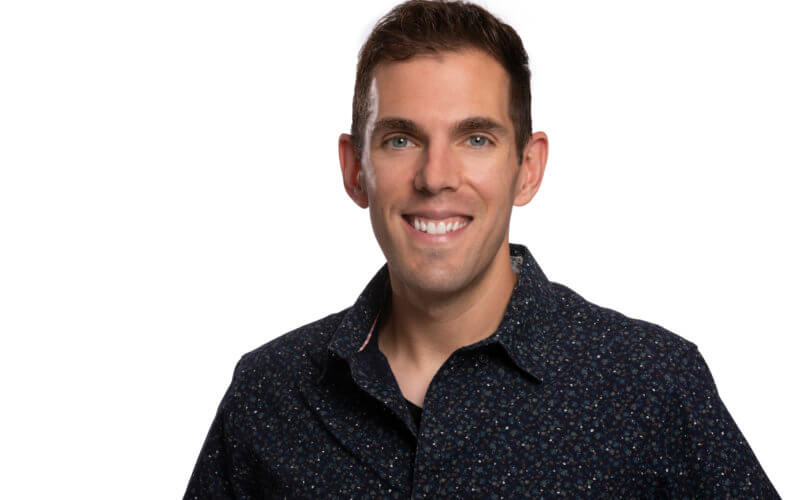
Research by William Toledo, assistant professor of secondary education at Cal State Fullerton, revealed several ways K-12 classrooms can lack inclusion and how LGBTQ+ teachers can add support for students’ success and well-being in the classroom.
Toledo studies LGBTQ+ teacher experiences in public K-12 classrooms as school districts nationwide encounter extremist groups aiming to ban safe or affirming spaces for LGBTQ+ youth.
His study on LGBTQ+ teachers in training at public elementary schools says many extremist groups are working to ban inclusive books, discussions on race or identities, and displaying flags, stickers or signage.
Extremist groups’ actions, Toledo said, can hinder recruitment of diverse teachers in Southern California and across the nation at a time when support for LGBTQ+ students and their well-being is crucial. The Human Rights Campaign issued its first-ever national state of emergency for LGBTQ+ Americans earlier this year.
Key Messages:
- In school districts in Southern California and across the country, extremist groups spread misinformation about the LGBTQ+ community. These groups use coded phrases such as “parental rights” to target, isolate and potentially harm LGBTQ+ students and their families.
- Exclusionary practices, such as school districts banning Pride flags and symbols, and not addressing students or LGBTQ+ teachers with their preferred pronouns, make LGBTQ+ students and educators feel unseen.
- LGBTQ+ students need to have teachers who are like them, and schools need a diverse teaching force, to serve all students.
About 1 in 4 high school students identifies as LGBTQ+, according to a Centers for Disease Control and Prevention report using data from 2021.